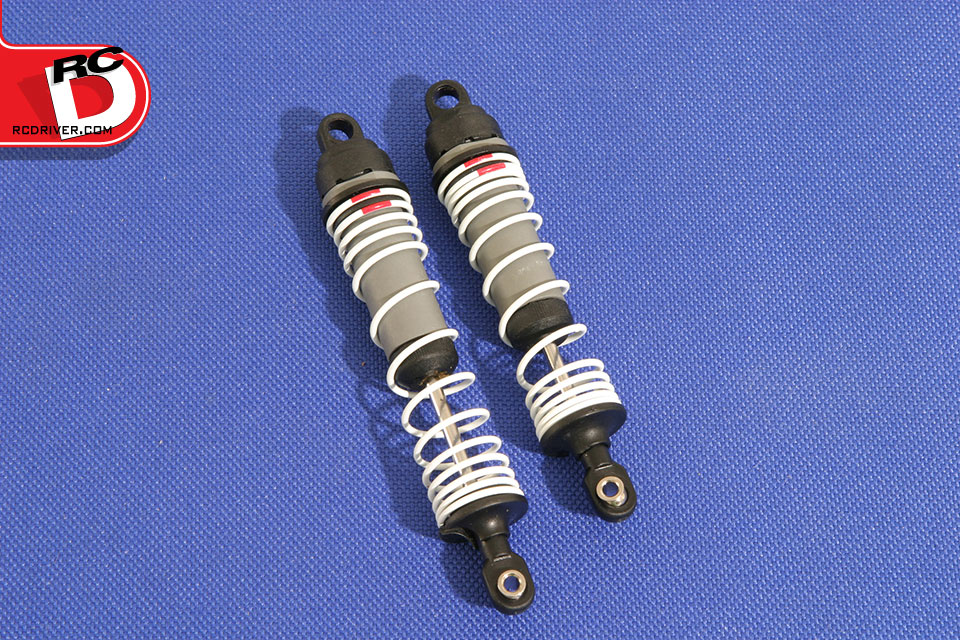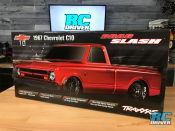
WHERE TO BEGIN
First off, ask yourself what it is exactly that you’d like to do in this new world of on-road? Drag racing? Touring? Oval? Whatever your pleasure might be, it all boils down to two basic components on your ride; shocks and tires. Whether you’re on dirt or asphalt, jumps or not, there are no other singularly integral parts to your setup than tires and shocks. Tweak your camber, caster, toe-in and droop all you want. If you aren’t running the proper tires and suspension settings, it’s all for naught.
OFF ROAD vs. ON ROAD SETUPS
Second, let’s recount the many various ways one might tune their ride for off-road action. You’re going to want some soft springs and oil, especially up front, if the track or surface is rutted. For the rear, a combination of slightly stiffer springs and oils is usually the norm. Now imagine, if you will, a buttery smooth off-road track. The lack of bumps will generally push drivers toward a more firm setup shock-wise; something that correlates directly to on-road running. Touring cars run stiff springs and oil to prevent body and chassis roll which is going to be the goal for your truck’s shocks. The main difference is that your truck shocks are much longer and softer than any touring car shock out there.
CHOPPING YOUR RIDE IN FOUR SIMPLE STEPS

Step #1 – Gather all the tools and items you’ll need, including shocks and any necessary replacements for them, extra internal pistons, shock oil of your choice, and three to four inches of clean fuel line tubing or a bunch of O-rings or plastic spacers.

Step #2 – Disassemble each of your shocks right down to the individual components.
Note: It is not necessary to remove the piston and clips from the top of the shaft at this point unless the shaft is to be replaced.
Tip – While the shocks are apart replace any worn O-rings or seals that might be a source of leakage.

Step #3 – Determine exactly how much you want to limit the down-travel of the shocks. Most on-road truck guys will set their arms at or below the point where the dogbones are level. If you are going to limit each shock by 6mm (1/4 inch), you need to cut four equal lengths of fuel tubing 4mm long.

Step #4 – Slide the section of fuel line onto the shaft, underneath the piston. Reassemble the shock as you normally would and reinstall them on your ride. The extra length of fuel tubing will limit the down-travel or extension of the shock shaft, thus lowering the ride height without all the un-sprung weight.

WRAP UP
There you have it! A simple and cost-effective way to convert your ride from an off-road machine to an on-road predator. While these steps are just an outline, you will need to take your truck to the track and make some tweaks to fine-tune your ride for the track conditions. The best part is that you will breathe new life into your existing truck and get to work on a whole new set of driving skills.
 RC Driver The Best In RC Car & Truck News, Reviews & Video
RC Driver The Best In RC Car & Truck News, Reviews & Video 







